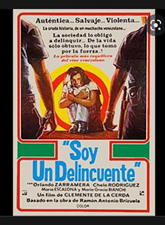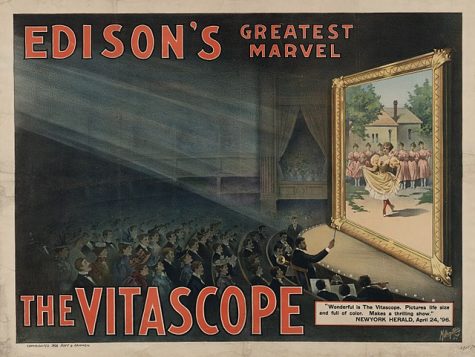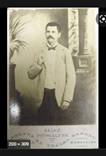Lights! Camera! Action!
The Arrival of Cinema to Venezuela and the Beginning of its Film Industry.

The Venezuelan film industry has come a long way since it first started in the late 19th century. Despite not always having the most advanced equipment, best resources, and international support, the industry has been able to flourish and develop. Take a look at the film history of Venezuela, and read to find out how it lead us to many of the country’s films known today.

Film was introduced to the South American country on July 11, 1896, after Luis Manuel Méndez, an entrepreneur from Zulia, brought a Vitascope projector from New York City and acquired rights to use it in Venezuela and Colombia. He hired Manuel Trujillo Durán to operate the device and they threw a film exhibition in the Teatro Baralt, or Baralt Theatre, in Maracaibo. One of the movies shown in the exhibition was The Monroe Doctrine, 1896, produced by Thomas Edison. Six months later, the first two films made in Venezuela were shown in the same theatre. These films are now lost and little is known about them. There are claims that they were made by Manuel Trujillo Durán, but nothing is certain.
There aren’t news or footage of any films from 1897-1907. In the beginning, Venezuelans were not necessarily the most intrigued by cinema, and films were more of an addition to photography and other forms of art, not considered an art form of its own. There was a collective interest in the machines used, but not in the films themselves. This contrasted with the public interest in film in countries such as Mexico or Peru.

In 1909, M.A Gonhom and Augusto González Vidal produced Carnaval en Caracas, which for a long time was thought to be the first film ever made in Venezuela. The introduction of narrative cinema began with the work of Lucas Manzano and Rafael Ordosgoiti, when they produced Don Confusio. This film was well-received, economically speaking, and another film called Don Cleto was made not much later. Again, there is very little known about these since no copies are available, but it is speculated that they were short comedies.
The first two recorded dramas were La Trepadora (1924) and Amor, Tú eres la vida (1926), both were written by Edgar J. Anzola and Jacobo Capriles. Dramas and soap operas went on to play an extremely important role in the development of the film industry in Venezuela, as well as in the daily lives of citizens in the modern days. During the 1920-1935 time period, Venezuela was extremely behind in the development of its film industry and identity when compared to countries such as Mexico and the United States. It was also behind in quality, camera movements, and editing tactics. Up until this point, there still weren’t any professional filmmakers.

Moving on from the early history, Venezuela’s golden age of film came during the 1970’s and 80’s. When the film industry gained support from the state and filmmakers could now produce more movies. Co-productions Venezuela and Spain continued during this decade and the nation’s work started being considered part of Latin American cinema. One of the most widely-known Venezuelan films is Soy un Delincuente, made in 1976 by Clemente de la Cerda. It won the “Special Jury Prize” at the 1977 Locarno International Film Festival.
Venezuela overall has a relatively active film industry and continues to produce work to this day. Despite Venezuelan films not being the most successful in the international scene, there are many good movies and artists in the country, whose voices deserve to be heard too.